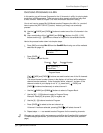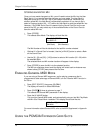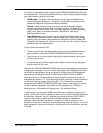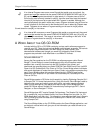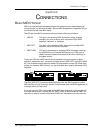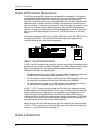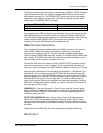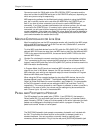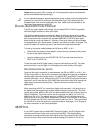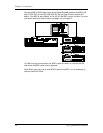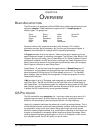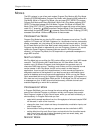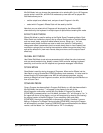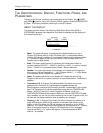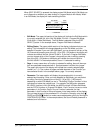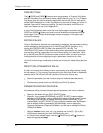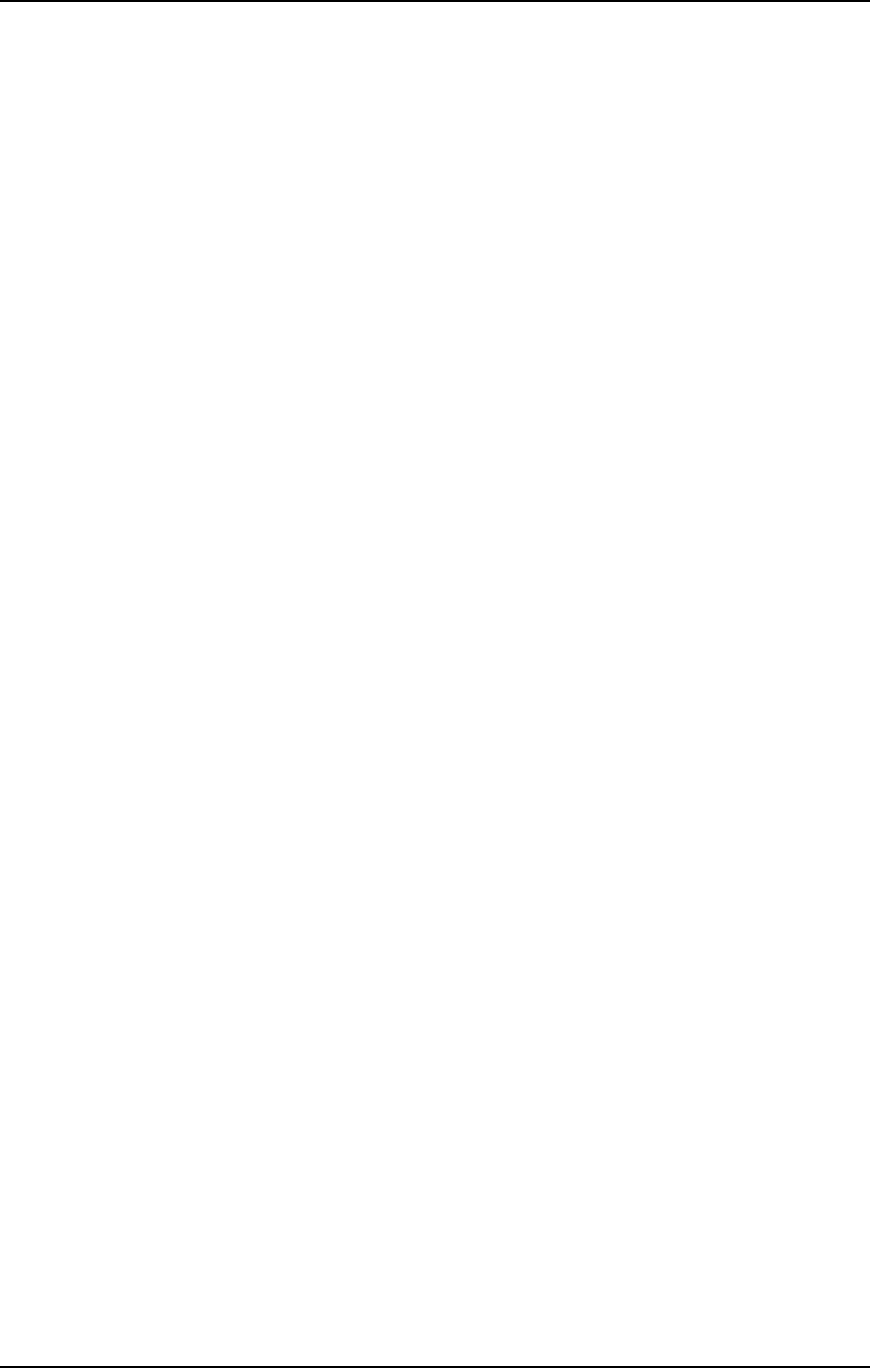
Connections: Chapter 3
before powering up the QS; on power up, it will automatically sense the footswitch
polarity and calibrate itself accordingly.
J
If your footswitch seems to respond backwards (notes sustain unless the footswitch is
pressed), turn off the QS, make sure the footswitch plug is fully inserted into the
footswitch jack, then turn the power back on. Also, make sure the footswitch is not
held down when powering up the QS.
DIGITAL AUDIO/OPTICAL HOOKUP
The QS can output digital audio directly into an Alesis ADAT or ADAT-compatible
multitrack digital recorder via fiber optic cable.
The digital connector follows a proprietary Alesis format that carries all four audio
outputs of the QS (Main and Aux, Left and Right) on a single fiber optic cable. Either
pair of outputs can be converted into standard AES/EBU or S/PDIF stereo digital
audio format by using the Alesis AI-1 interface. Fiber optic cables of various lengths
are available from your Alesis dealer. However, the shorter the cable, the better. The
model OC cable is 5 meters long and is the maximum length recommended.
To hook up the optical cable between the QS and an ADAT or AI-1:
¿ Remove the two pieces of clear plastic, tubular sleeving (if present) that protect
the tips of the optical cable plug.
¡ Insert one cable end into the QS [DIGITAL OUT] and the other end into the
ADAT or AI-1 DIGITAL IN.
To test the cable and QS digital output, plug one cable end into the QS. The other
end should emit a soft red light (it is not dangerous to look directly at this light).
RECORDING DIGITAL AUDIO
Once the fiber optic connection is made between the QS and ADAT or an AI-1, the
QS will output audio on the first four channels of the digital bus (the bus is capable of
handling eight channels of digital audio). The MAIN [LEFT] and [RIGHT] outputs are
routed to channels 1 and 2, while the AUX [LEFT] and [RIGHT] outputs are routed to
channels 3 and 4. Note that the [VOLUME] slider controls the level of all analog and
digital output channels simultaneously. Set the volume to maximum for most
applications.
When recording to ADAT (or some other digital audio recorder), it will be slaving to
the digital clock accompanying the digital audio emanating from the QS. This clock
can be set to either 48kHz or 44.1kHz, as determined by the Clock function (found in
Global Edit Mode). The Clock function has four settings: Int 48kHz, Int 44.1k, Ext
48kHz and Ext 44.1k. The default setting is Int 48kHz. which is suitable when the
digital recorder is using the 48kHz sample rate. However, if the recorder is using the
44.1kHz sample rate, the Clock function should be set to Int 44.1k. This ensures that
the QS will be in tune with previously recorded material. See page 119 in Chapter 8
for more information on the Clock parameter.
48 KHZ IN
If your ADAT system has an Alesis BRC Remote Controller, the QS’s digital clock
must be synchronized to the clock coming from the BRC. This requires that a
connection be made providing the clock signal to the QS and that the QS’s Clock
function be set to either one of its two external settings (Ext 48kHz or Ext 44.1k).
QS7/QS8 Reference Manual 25



